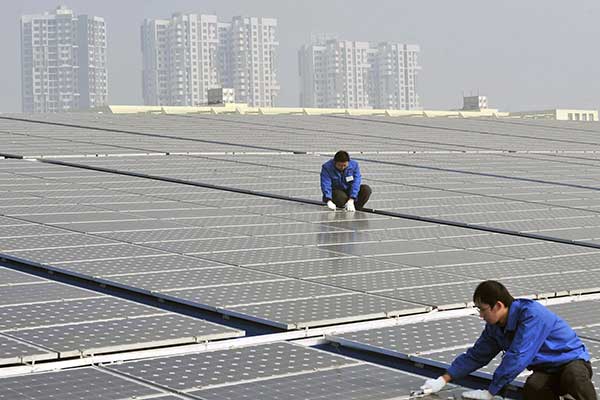The top solar panel manufacturing companies in the world, by market share, are JinkoSolar, JA Solar, and Trina Solar.
These companies top the list, not because they produce the highest quality panels, but because manufacturer rankings are based on the total volume of solar panels that the companies ship. The solar industry is a high volume market, so larger manufacturers win by supplying an increasingly hungry market that tends to favor large-scale projects.
But a new company is gearing up to “top” this list—as it plans to build the world’s biggest solar panel manufacturing plant in China. The facility will have the capacity to meet half of all global demand.
Chinese solar manufactures have announced expansion plans in recent months amid a push to grab greater market share and reduce costs.
GCL System Integration Technology Company — a notable China-based solar photovoltaic module manufacturer — plans to invest $2.54 billion to construct a solar panel manufacturing plant in eastern Hefei province that will be able to produce 60 gigawatts of solar panels a year.
The plant’s maximum output will double the 30 gigawatts of capacity installed in China in 2019—and would be able to supply to almost 51% of solar installations worldwide.
GCL System Integration Technology Co., Ltd (GCL System) is part of GOLDEN CONCORD Group (GCL) which is an international energy company specializing in clean and sustainable power production. The group was founded in 1990 and has since grown to employ over 25,000 people.
The Company produces solar modules, solar cells, solar lights, and other products. GCL System Integration Technology also provides equipment installation services.
The company first made news when its production output hit roughly 500% in 2015. The surge made GCL the seventh biggest solar module manufacturer in the world (as of the end of 2015).
While GCL System didn’t provide a timeline during its recent announcement, the company said it wants to seize opportunities that are emerging with solar power costs now closer to coal power—and meet the demand for the new types of larger photovoltaic panels.













Comments